Pet Food
Hello Petpeeps. Today I’d like to talk about something that oddly worries us and is taken for granted somehow. Nutrition! Not ours, which is as convoluted a topic, but for our doggos. What did you expect? You are at The Good Paws!
It is a truism or an obvious statement that proper nutrition is crucial for the overall health and well-being of pets and in recent times have brought us numerous options. While there are some things in common with the food we eat and what we can feed them, in India, where the climate, environment, and dietary habits vary significantly, it’s essential to tailor the nutritional needs of cats and dogs accordingly. Just as different breeds thrive in different (hot/cold) climates, those breeds need different food in different climates.
In this blog we’re going to try to provide a comprehensive but succinct overview of pet nutrition in the Indian context, along with a comparison of nutritional requirements between dogs and cats.
We all learnt in school that a complete and balanced diet includes proteins, fats, carbohydrates, vitamins, and minerals and that water is also essential to life. Again, this may seem obvious and easy with the basic ingredients broken down. However, dogs and cats have subtly different biologies and metabolisms from us and indeed each other. Understanding how each nutrient functions for them and knowing how much of each nutrient is needed for a healthy furbuddy at all life stages is a bit more complex than it is for us. There is actually an entire specialty of Veterinary Medicine dedicated to it just like there is for hoomans.
A balanced diet tailored to their specific needs ensures
- Strong Immunity
- Optimal growth and development
- Shiny Coats and Healthy skin
- It also reduces the risk of various diseases and helps maintain a healthy weight.
The decisions on how much of what to feed, homemade vs packaged etc can appear complex and are riddled with myth and misinformation. We are going to break it down for you.
The Fundamentals
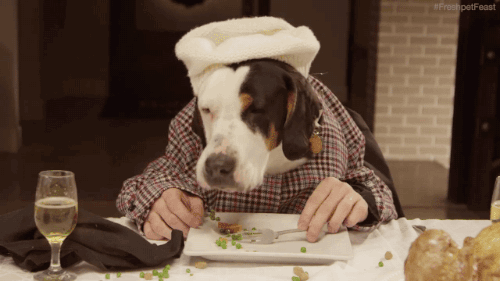
So how much does one feed them? The scientific consensus is that adult dogs need between 2-3% of their own body weight in food per day.
So at 35Kgs, Cujo needs roughly 875 gms of food per day in TOTAL.
Puppies however will need between 2-3 times more than adult dogs proportionate to their weight and a higher proportion of protein and micronutrients.
Both over and underfeeding can affect your furbuddy’s health negatively.
Similarly adult cats need between 2-4% of their IDEAL body weight per day of food. Kittens can need up to 4 times this, however.
How many meals per day? This requirement can be spread out between 2 and 3 meals a day for both cats and dogs. The important thing is to maintain the per day requirements more than the number of meals.
Of course don’t let them emotionally atyaachar you into more food.
Proteins. Let’s meet the meat
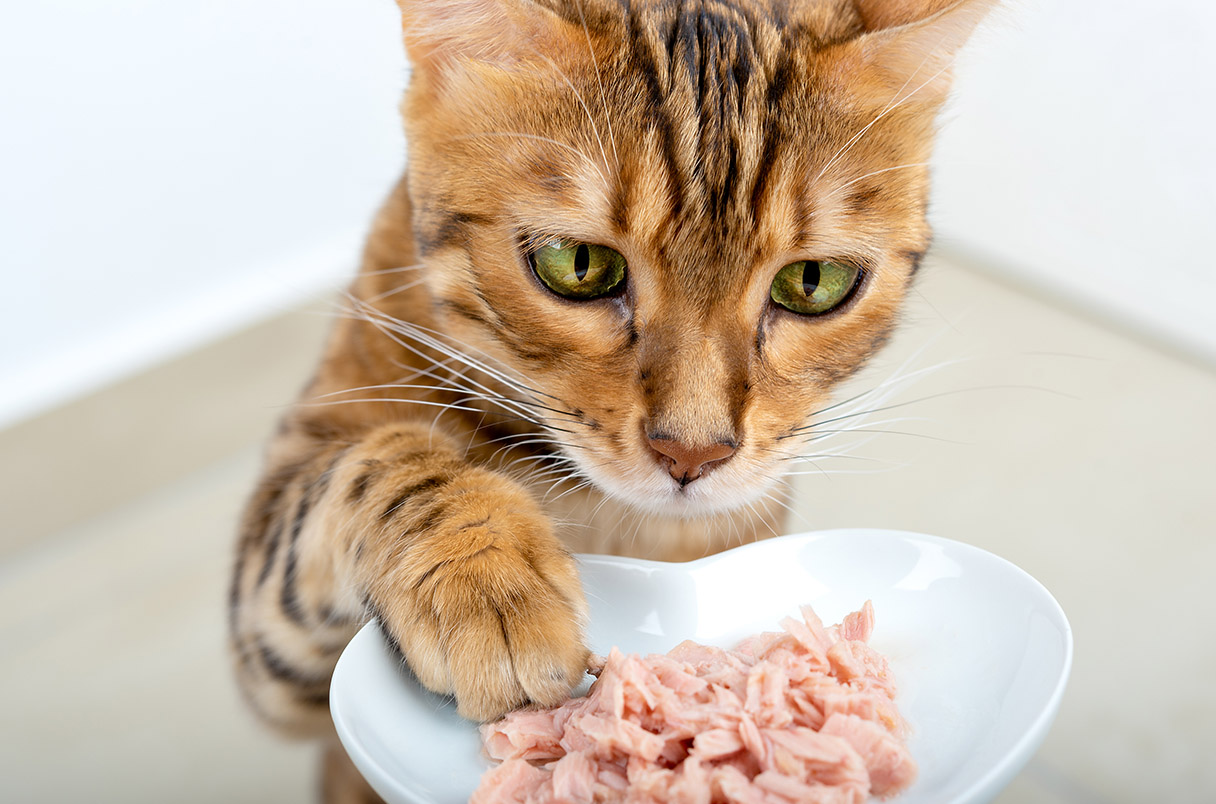
Proteins perform a variety of sometimes differing functions in dogs, cats and humans including structure of most cell tissue, enzymes for metabolic process, hormones and even the immune system, to name a few. The Protein Profile of food can vary depending on breed, size, lifestage and some external factors. There are 10 essential amino acids dogs need to synthesise protein. We’re, of course, not going to list all of them because this is not a technical paper but there is one, Taurine, which is essential for cats but not dogs.
Mythbust: While there are many ingredients both cats and dogs can eat, they have evolved quite differently as have their biologies. We cannot feed them the same food.
Dogs, being omnivores, require a differently balanced diet still rich in high-quality protein sources. For example, chicken, mutton, fish, and eggs. Commercial dog food brands basically use these proteins as primary ingredients.
So how much protein exactly? For Dogs, some estimates are as low as 12% but we recommend between 18-22% and no greater than 30%.
That’s roughly 200 gms of protein per day for 35 Kg Cujo.
For Cats 50 to 60% by weight can be protein. Though some opinions go up to 80%.
Mythbust: While it seems logical to assume that since big cats in the wild get next to no carbs, domestic cats can be fed near 100% protein diets. Being obligate carnivores they can get most of their nutritional needs from meat but carbs of some kind are necessary for all mammals including cats. In fact, big cats in the wild are known to start their meals by eating the stomach contents of the herbivore they have just killed.
There is really no benefit to feeding dogs more protein as the excess is excreted and on occasion can even be harmful. There are certain conditions when dogs need to be fed low protein diets but ONLY on veterinary advice.
On rare occasions there may be pets with very specific allergies to specific proteins. Some dogs are actively allergic to chicken for eg. It can be a painful process of elimination identifying these allergies and professional consultation would be required.
Carbohydrates, fuel for one and almost useless to the other

Carbohydrates serve as an energy source and are the primary source of glucose and dietary fibre. In India, rice and wheat are commonly used in dog food. While grains are suitable, it’s crucial to consider individual pet sensitivities and opt for grains with higher nutritional value.
Mythbust: Grains are a rich source of vitamin B-complex, fibre, and Iron and the myth that grain is bad for dogs can end up denying them essential enzymes and nutrients that actually contribute to a dog’s health. Indeed, even cats can be fed grains and draw energy from them, even though they don’t need them.
There are some pets with gluten allergies, but like humans, this is rare. In fact, there is a suggested link between grain free DOG foods and Cardiomyopathy and no such link for cats. So go right ahead and add whole grains like brown rice, wheat, oats, barley, millet, and quinoa to their diets in the right proportions.
Vegetables are a denser store of essential nutrients than grain and can provide variety in terms of taste, texture, and colour.
High starch vegetables like potatoes (not necessarily peeled but ”de-greened”), sweet potatoes, green beans, pumpkin, etc should be boiled and mashed. Chunks of semi raw veggies don’t digest properly.
Fresh & crunchy vegetables like cucumber, carrot and other greens can provide both bulk and variation in their diets. These can be given raw as well. The crude fibre (soluble and insoluble) in vegetables etc play an important role in gastrointestinal function and health.
Both cats and dogs can be fed the above mentioned veggies in different proportions.
So how much of their food can be carbs? Generally commercial dog foods contain between 30 to 60% carbohydrate usually sourced from grains. In home-made food we would recommend no more than roughly 50% by weight to be carbs/starch from both grain and vegetables.
While Cats need a far lower proportion of carbs, what little they need is better served by vegetable fibre rather than grain. So go with 10 to 15% and get those from fruits and veggies rather than grain.
Fruits are great options as dogs are prone to the sweet tooth as much as humans. We do advise that these be limited to snack times and as high value treats to use for training. Melons, Bananas, and most berries work very well.
Cats, however, have far fewer taste receptors for sweet things than humans or dogs. So your cat licking the ice cream bowl or the cookie is basically looking for the fat in it which they can definitely taste.
Mythbust: Home cooked food is not always better and commercial foods are usually very well balanced in terms of nutrients for both cats and dogs. Especially food certified by AAFCO. Read the labels and the portion table carefully. Getting home food consistently right can take effort and one need not have any issues with feeding them commercial food.
https://www.aafco.org/consumers/understanding-pet-food/reading-labels/
Fats are not what you think
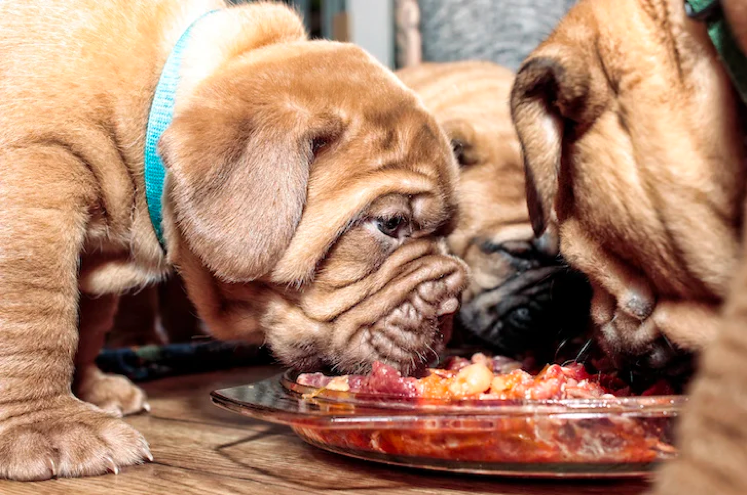
Dietary fat provides a very concentrated source of energy and helps with the absorption of fat-soluble vitamins such as A,D,E,K. One of the most important roles is providing essential fatty acids (EFAs). EFAs help with inflammation at the cellular level and help dogs maintain healthy skin and coat quality and even functionality of connective tissue and cartilage.
Deficiencies in fatty acids can negatively affect healing and cause dullness and dryness of their coats, and cause/increase certain dermatological conditions.
High-fat diets on the other hand, can push obesity and cause similar health issues in dogs as they do in humans. The requirement of fat for absorption of fat-soluble vitamins is 1% to 2% of the food.
There are two important polyunsaturated fatty acids?omega-3 and omega-6 fatty acids which are essential for a dog’s coat, skin, and overall health. Common fat sources in India include fish oil, chicken fat, and vegetable oils. A Sevenseas capsule a day and/or a tablespoon of coconut oil in food work wonders.
Cats, on the other hand NEED between 20 and 40% of their diet to come from fats because they are evolved to draw energy more efficiently from fatty acids.
Oddly, a low fat diet may make your cat obese because he or she will tend to overeat to match the energy requirement.
Mythbust: Milk is another mythical and polarising thing. While a not inconsiderable proportion of dogs are definitely lactose intolerant most are not and sufficiently diluted milk can be given. Curd, buttermilk and cheese can be enjoyable distractions and even training aids. Contrarily MOST adult cats are actually lactose intolerant. Giving them cow’s milk can actually cause digestive issues and health problems.
The micronutrients, thoda thoda

Like all mammals, Cats and Dogs require a balanced mix of vitamins and minerals. While commercial food often includes these and contrary to common opinion, are very well balanced, the inclusion of vitamin-rich vegetables like carrots, spinach, and fruits such as apples in the dog’s diet as mentioned in the Carbohydrates section will definitely enhance their nutrition profile. In regions where certain nutrients are lacking in the environment, supplements may be necessary. For example, Vitamin D supplements might be needed in areas with limited sunlight exposure. And just like us, supplementation helps but is recommended to be done post Vet consultation.
Water water water
India’s diverse climate necessitates careful attention to hydration. Freshwater should always be available for pets. In hotter regions, additional water intake may be required.
The absolute No Nos: For both cats and dogs
Chocolates: Chocolate & cocoa beans they come from contain high levels of theobromine and caffeine, which cause a plethora of ill effects in dogs. Best avoided entirely.
Onion & Garlic family in any form, as these contain thiosulphate, which can cause potentially fatal anaemia (reduction in red blood cells)in both.
Nuts: Most nuts are toxic to both species and best avoided.
Coffee/Tea: Caffeine can cause diarrhoea, vomiting, and negatively affects cardiac and neurological health.
Avoid seeds, stems, leaves: Even with acceptable fruits and vegetables, these parts can contain cyanide so best avoided.
Nutmeg: Nutmeg is a popular spice used when preparing Indian sweets & mithai, and can cause seizures, tremors, central nervous system problems, and even death in some canines.
Grapes and Raisins: The exact reason for their toxicity remains unknown but they are definitely toxic to both.
Alcohol: Neither species can process alcohol and can cause a host of problems including death.
Yeast in bread: Can casue gas build up to dangerous levels in pets and especially cats.
Citrus: While less harmful for dogs than cats, we recommend a general avoidance of citric acid for both species.
Coconut water and flesh: Fatty coconut flesh can cause digestive issues if taken in excess but the water itself has too much potassium for both species.
Physical Activity
It is extremely important to a dog’s health and should be taken into account with any nutrition plan. But this is true for humans and dogs and we will write a separate blog on that.
Summary
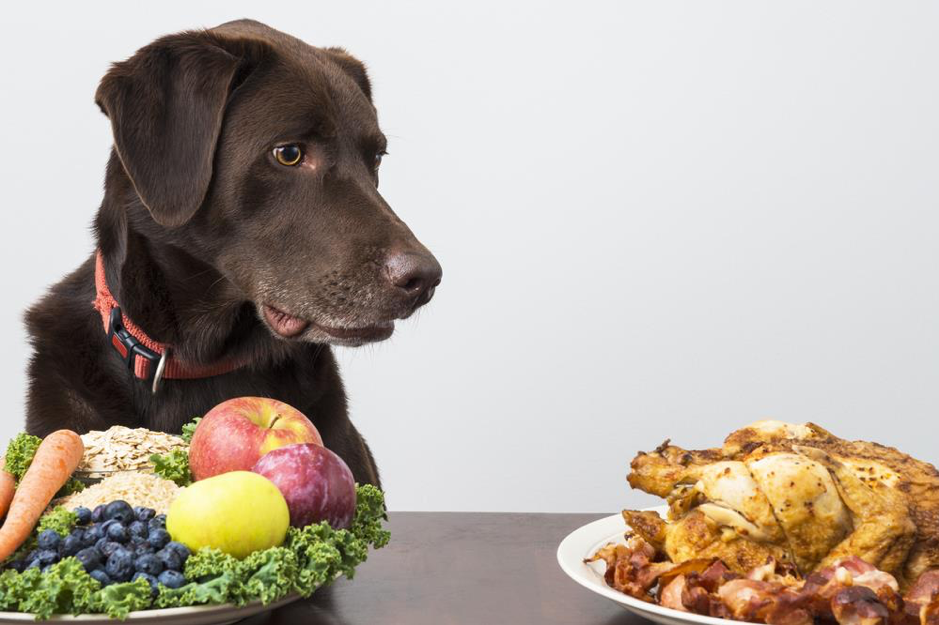
- Understanding and meeting the nutritional needs of pet dogs in India and India specific conditions is essential for their health and longevity.
- Yes you can feed them an all home cooked diet but the level of care and attention required may be limited.
- Packaged dog food from recognized and certified brands is actually well balanced and one need not feel any guilt about feeding one’s dog branded food exclusively. Read the label.
- Desi masalas and ingredients can be actively harmful to your dog and thus sharing human food is ALWAYS ill advised.
- These are general guidelines. Your pet is unique and what works for others may or may not for him/her.
- Consult your vet regularly.
So these are the fundamentals of feeding your pet. As always, talk to us in the comments below, share your experiences and advice and of course share with your friends.
And of course Happy 2024.
About the author: The author of this article is ‘The Good Paws’. We’re here to make the bad good, and the good, even better! from dirty toe beans to yummy treats, whatever the problem, or whatever the need, it’s all good! Every member is valued in our community.
Join our elite pet care circle on WhatsApp and become an exclusive member by clicking here https://bit.ly/44lcg2p!




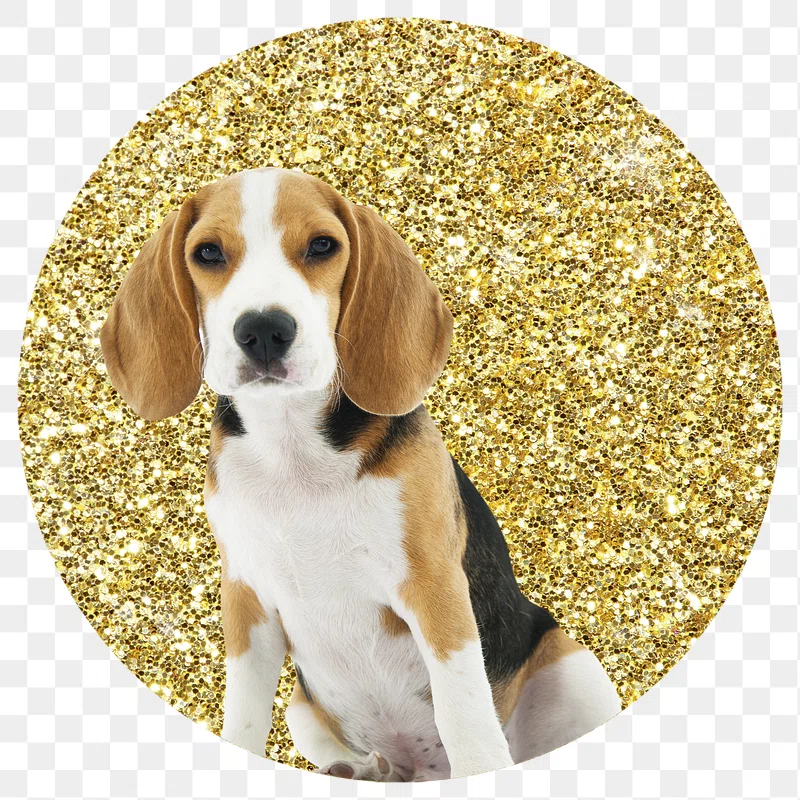
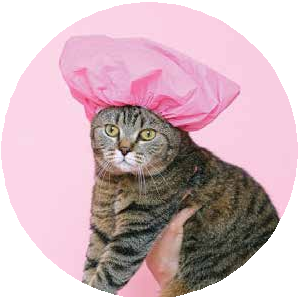



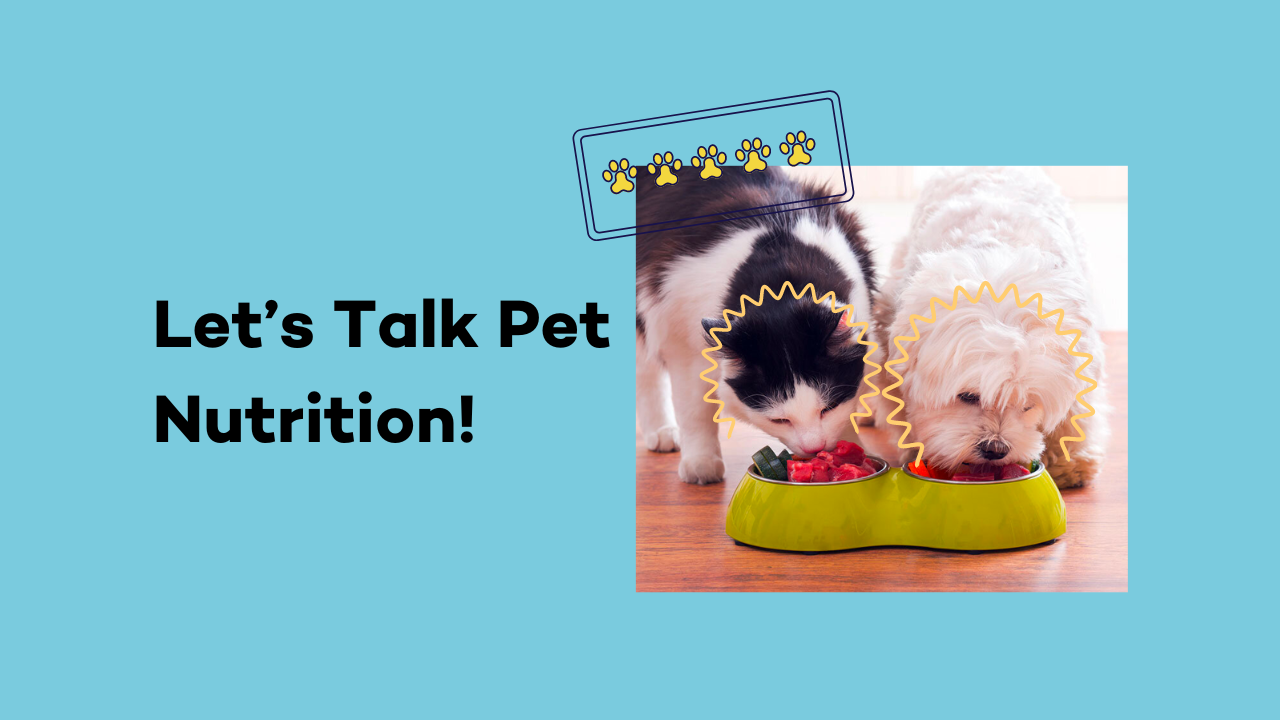

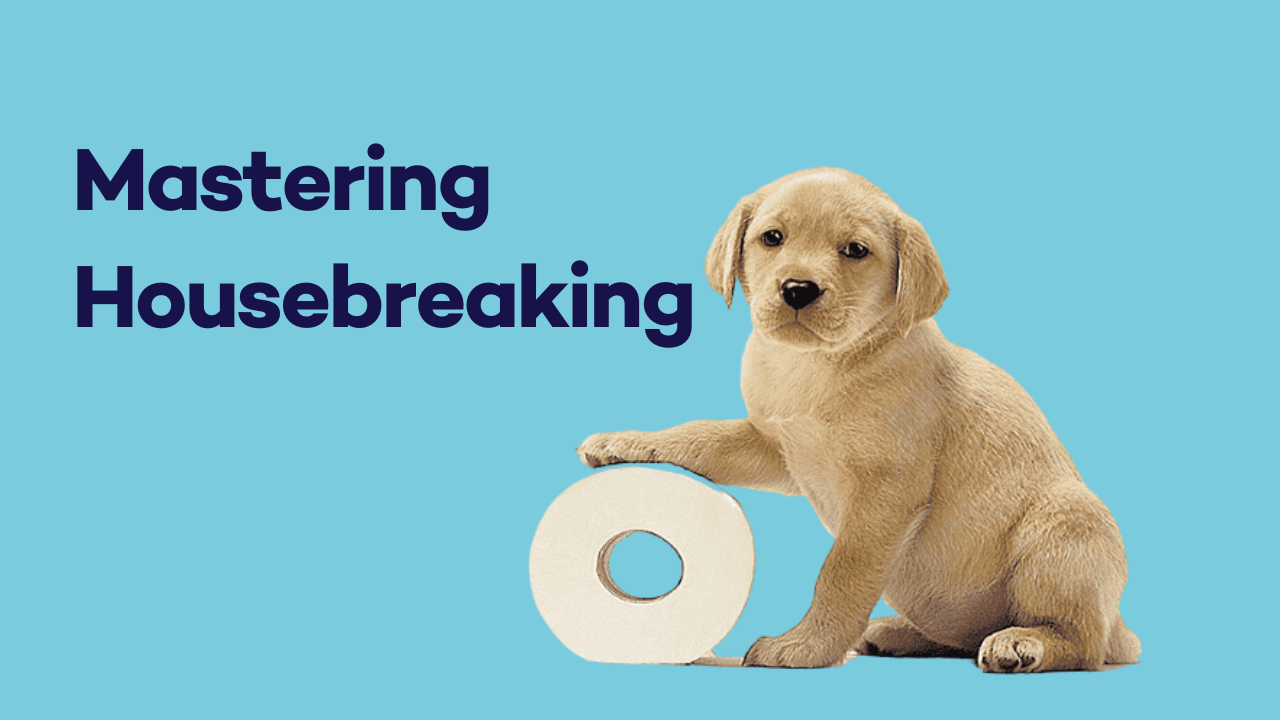
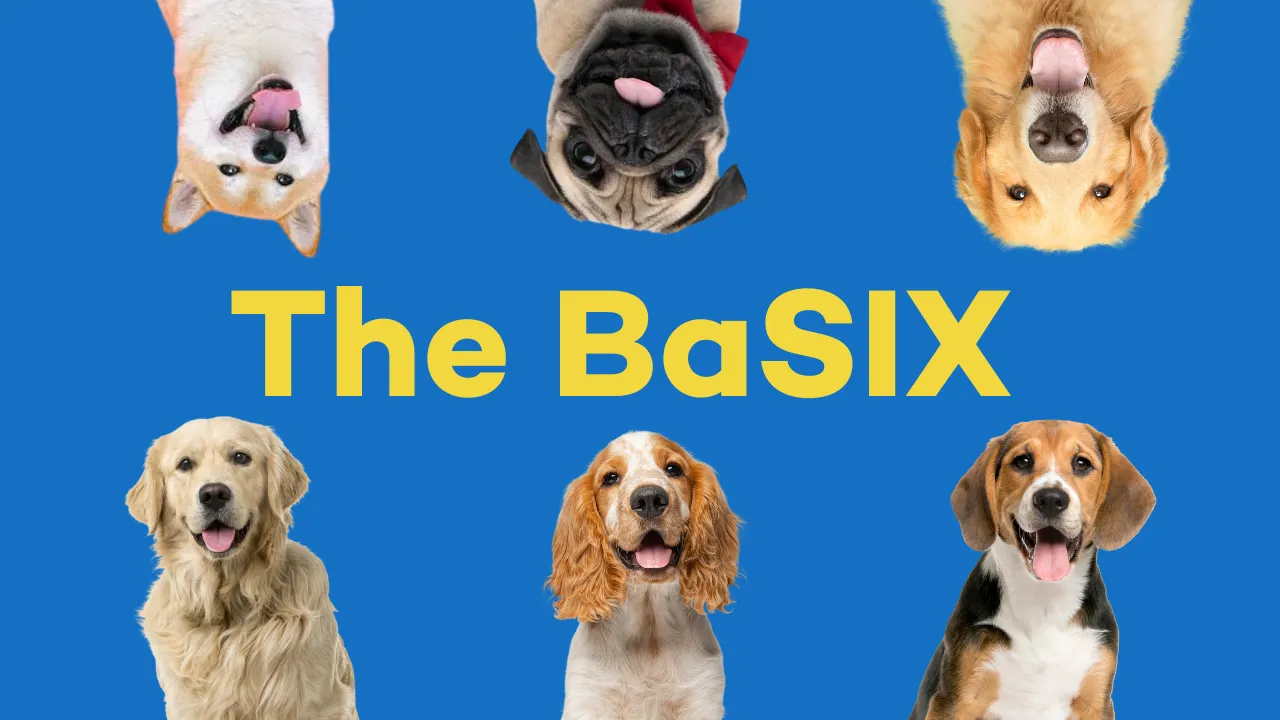
Well written. Quite comprehensive. And a good list that ‘Strict No’ for dogs and cats. Overall, good guide to pet nutrition